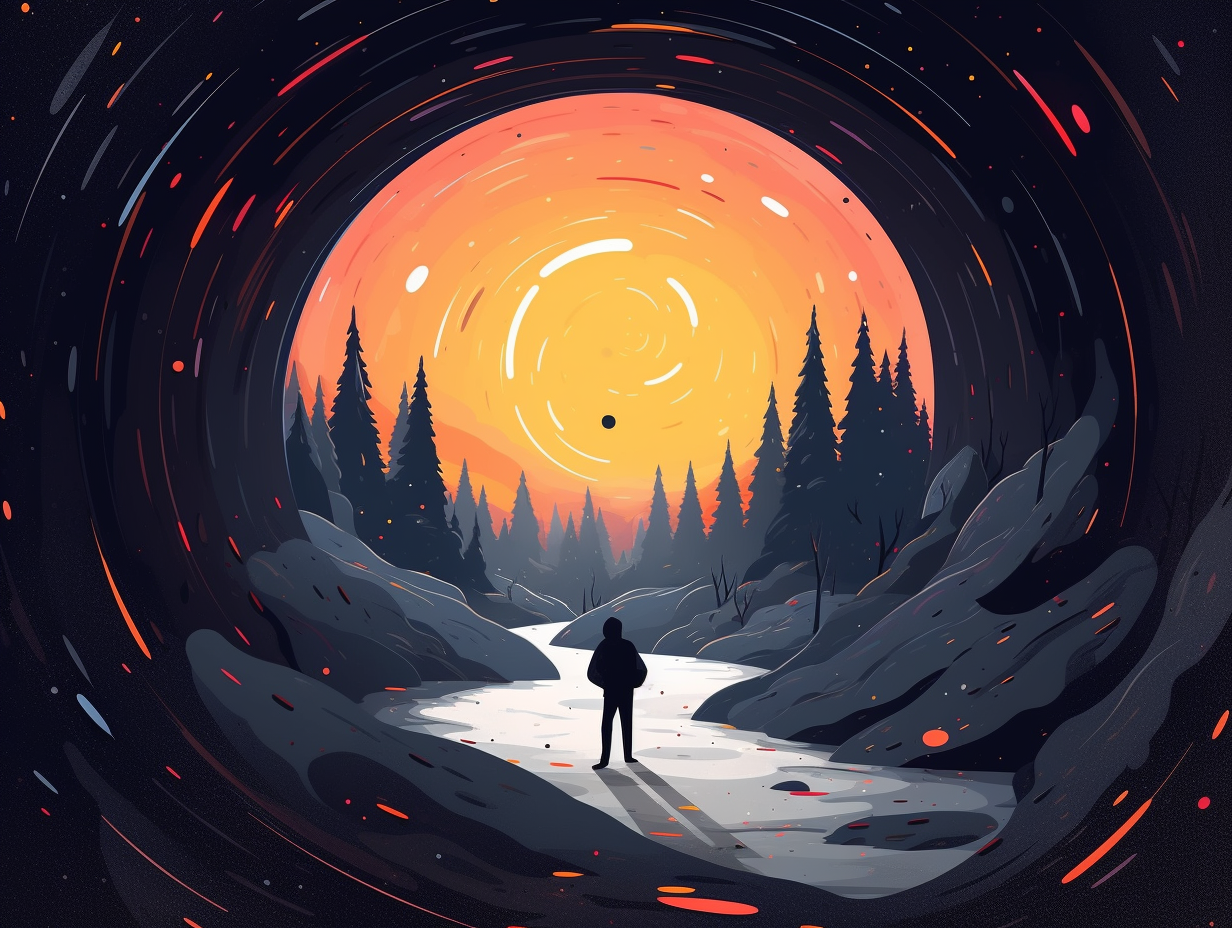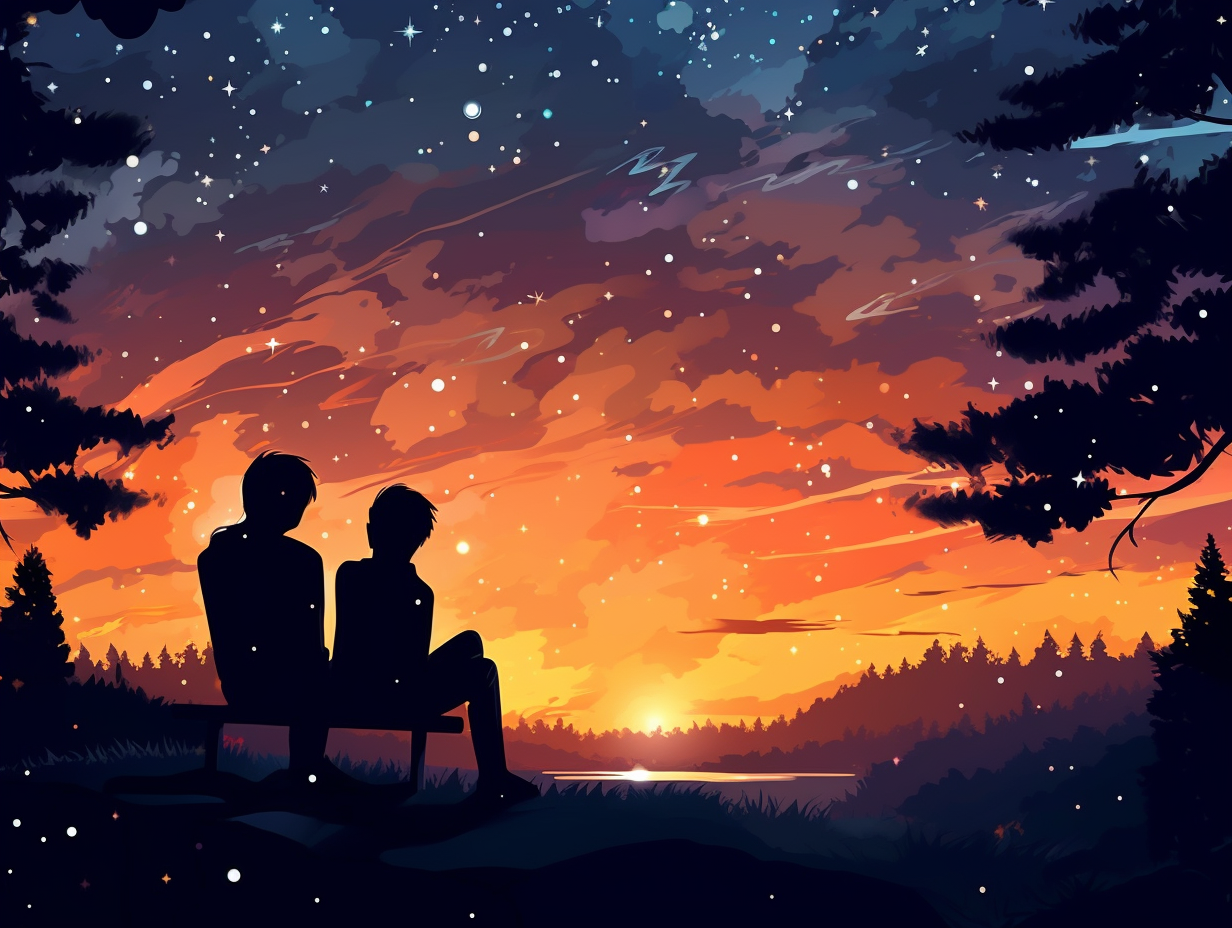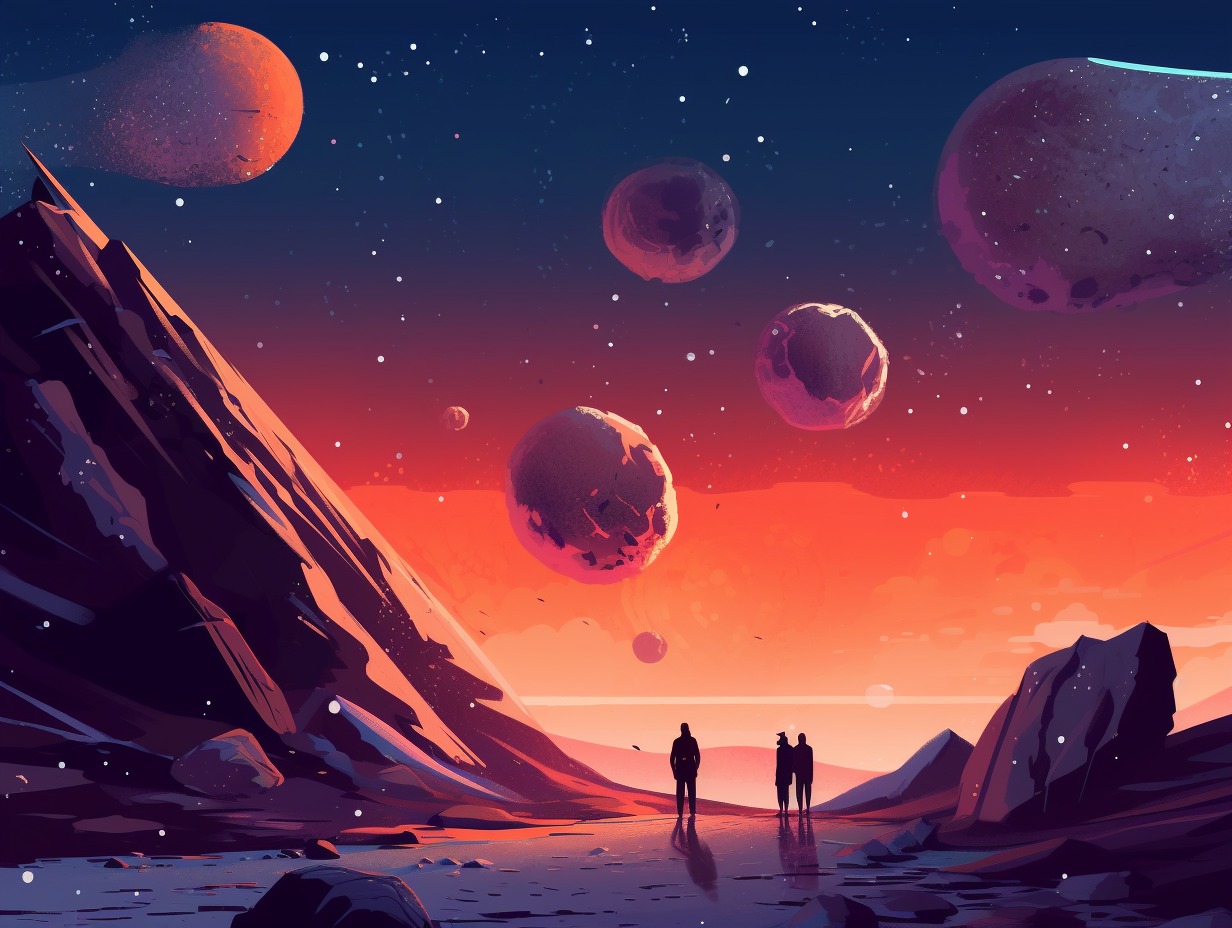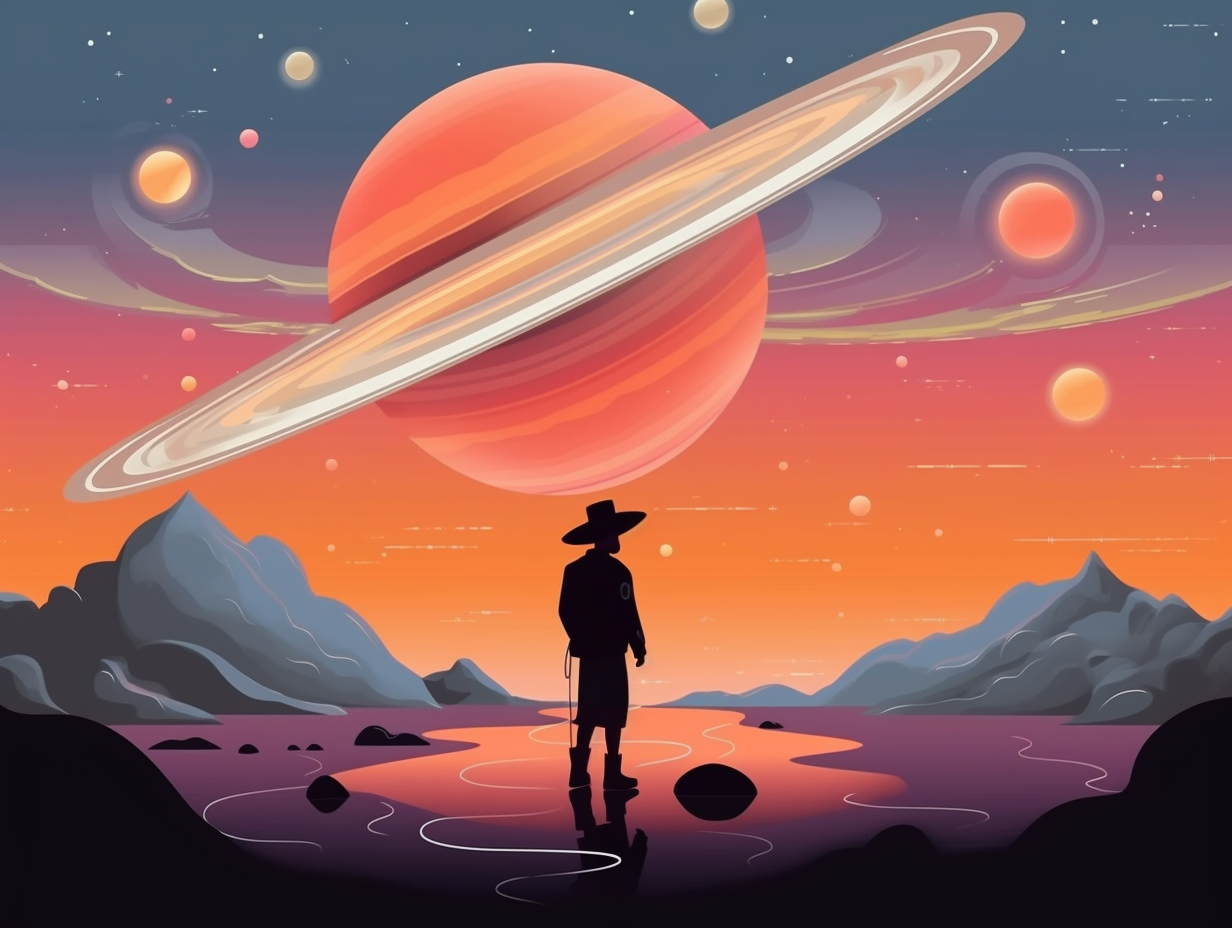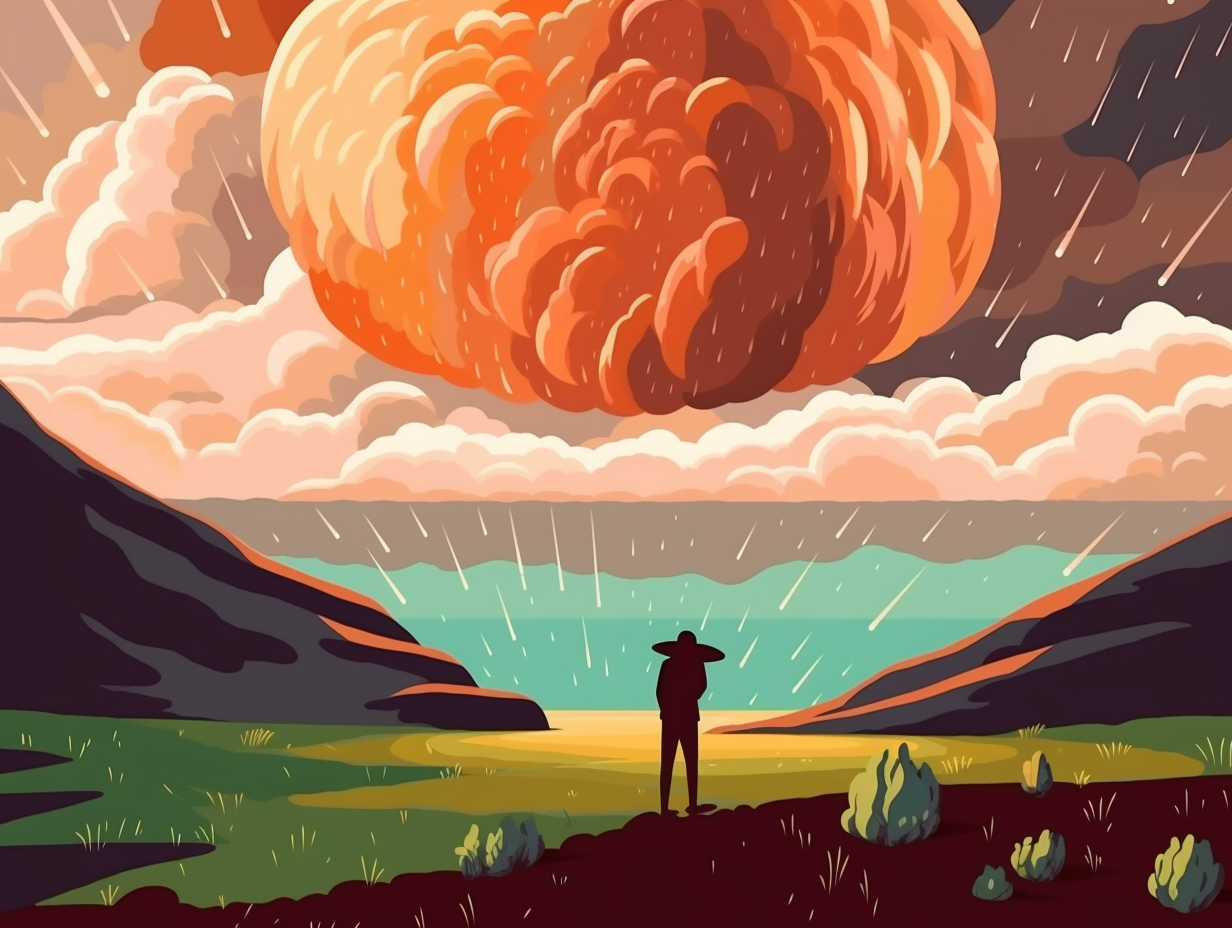Explore the Cosmos: Top 12 Fun and Fascinating Facts About Galaxies You Won't Believe!

1. Andromeda: Cosmic Cannibal
If galaxies had table manners, Andromeda would be the Miss Hannigan of the cosmic dinner party, always adopting and gobbling up smaller guests: Astronomers have discovered evidence that our galactic neighbor, Andromeda, has grown by devouring smaller galaxies, with the Dulais Structure—an anomalous globular cluster of stars—appearing to be the remnants of one such galactic meal.
Source => space.com
2. Magical Dwarf Galaxies
Our galactic family is quite the motley crew, full of magical dwarves ready for their cosmic debut: The Local Group, housing our Milky Way and Andromeda galaxies, boasts a diverse population of around 80 members, mostly consisting of dwarf galaxies that add a whole new dimension of intrigue to our celestial neighborhood.
Source => en.wikipedia.org

Did you know the oldest and most distant galaxy, GN-z11, has been observed just 400 million years after the Big Bang? Explore more cosmic fun facts about this fascinating dating story of our galactic protagonist and its charming collection of stars! 🌌✨
=> Fun Facts about The-Universe
3. Milky Way's Cannibalistic Past
The Milky Way: part cosmic vacuum cleaner, part cannibal! It turns out our galaxy has chowed down on at least six other galaxies in its voracious history: Astronomers have spotted the remnants of these celestial meals smeared across the galactic halo, including smaller satellite galaxies and globular clusters. Data from the Gaia satellite revealed five known mergers and even dished up one previously unknown event—now named Pontus. But the Milky Way's days of feasting may be numbered: In about 4 billion years, it'll be on the menu for the similar-sized Andromeda galaxy.
Source => science.org
4. Counting Galaxies: A Cosmic Conundrum
Trying to count the number of galaxies in the universe is like asking how many licks it takes to get to the center of a Tootsie Pop – the world may never know! But we do have a ballpark estimate to satiate your cosmic curiosity: astronomers estimate there are at least 100-200 billion galaxies in the observable universe, although that number could be even higher if we accounted for "missed" galaxies. But don't get too starstruck - recent measurements of the night sky's darkness suggest that previous estimates of 2 trillion galaxies might be overshooting it.
Source => skyatnightmagazine.com

5. The Inca Empire's Starry Red Carpet
Who needs the red carpet when you've got the cosmic runway? The Inca Empire was truly ready for their celestial close-up: They believed that the dark patches in the Milky Way were the homes of animal deities such as Llama, Snake, and Toad, making the galaxy a divine pathway and a source of balance in the universe.
Source => languagetrainers.com
6. The Pint-Sized Powerhouses: Dwarf Galaxies
If you thought being called a "dwarf" was an insult, you'll be pleasantly surprised by these pint-sized powerhouses of the cosmos: Dwarf galaxies, though much smaller than their big siblings, play a crucial role in understanding the evolution of galaxies by containing a few billion stars, often orbiting larger galaxies like the Milky Way or Andromeda, and offering insights into the early stages of galaxy and star formation in the young Universe.
Source => esahubble.org
7. Antennae Galaxies: Cosmic Mosh Pit
When two galaxies go crash, boom, bang in the cosmic mosh pit, they don't just collide and crawl off to sulk; they party it up by creating spectacular star clusters: The Antennae Galaxies are currently in a starburst phase due to their ongoing collision, forming massive globular clusters that are unusually young – a mere blink of an eye in cosmic terms – compared to the average 12-billion-year-old clusters found in other galaxies.
Source => en.wikipedia.org
8. Milky Way's Galactic Adoption
In a riveting intergalactic custody battle, our very own Milky Way Galaxy has been steadily "adopting" stars from its unsuspecting celestial neighbor: The Canis Major Dwarf Galaxy, the closest galaxy to us, sits roughly 25,000 light years away and is believed to have merged with the Milky Way. This cosmic tussle has contributed one billion stars – and counting – to our galaxy's 200-400 billion star stock.
Source => universetoday.com
9. Interstellar Wrestling: Milky Way vs Andromeda
Get ready for the astronomical smackdown of the eons: our very own Milky Way is set to engage in an epic wrestling match with the bright Andromeda Galaxy! In about 4 billion years, these celestial powerhouses will collide and morph into a stunning new elliptical galaxy, all without a single star going "OUCH" during the celestial rumble.
Source => astrobackyard.com

10. The Booming Galactic Real Estate Market
Looking for a new place to crash, in a galaxy not-so-far away? Well, the Milky Way's real estate market is booming with options: Our very own cosmic neighborhood holds between 100 and 400 billion stars, with at least as many planets, so there's bound to be a celestial home perfect for every extraterrestrial taste!
Source => en.wikipedia.org
11. Hoag's Object: Galactic Supermodel
If galaxies had fashion shows, Hoag's Object would be the unconventional yet stunning supermodel strutting down the cosmic catwalk: A rare ring galaxy larger than the Milky Way, it sits 600 million light-years away with a sparkling circle of stars surrounding an empty core, and even boasts a smaller nested ring galaxy within it – now that's interstellar haute couture!
Source => learnthesky.com
12. Cosmic Tango: Milky Way and Andromeda's Collision-Free Dance Party
Picture a dance floor filled with 1.3 trillion party-goers, swaying and grooving, and not a single one of them bumping into each other: that's the majestic tango of the Milky Way and Andromeda galaxies as they merge. Despite their massive size, the mind-boggling distances between stars make the chances of any two stars colliding astronomically low, making this celestial shindig a slow and collision-free affair.
Source => en.wikipedia.org
Related Fun Facts

